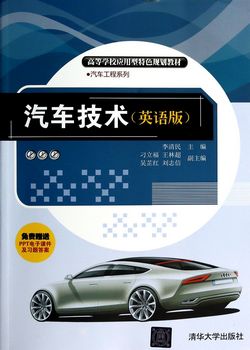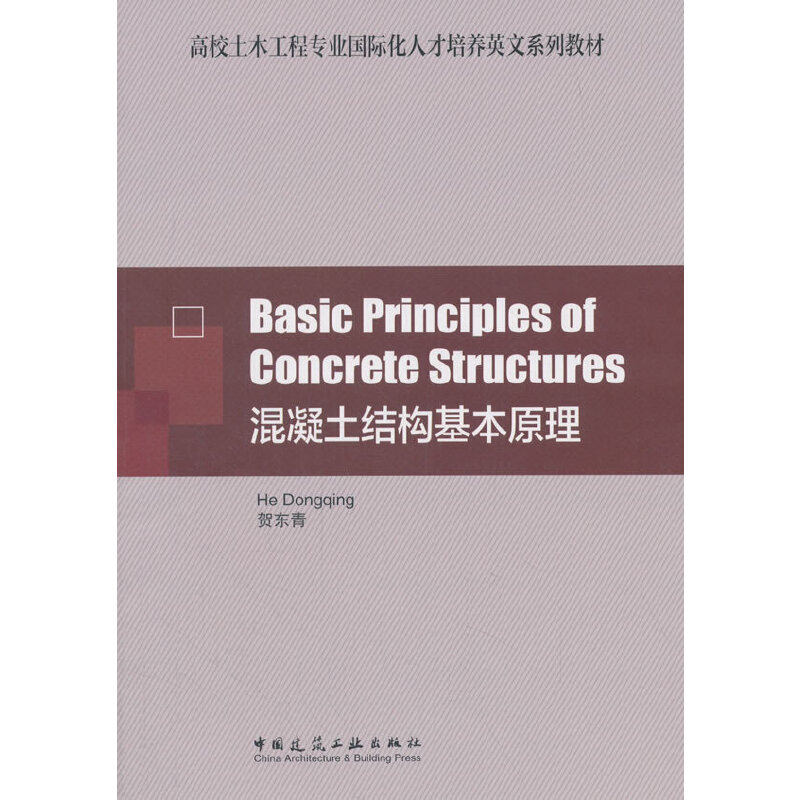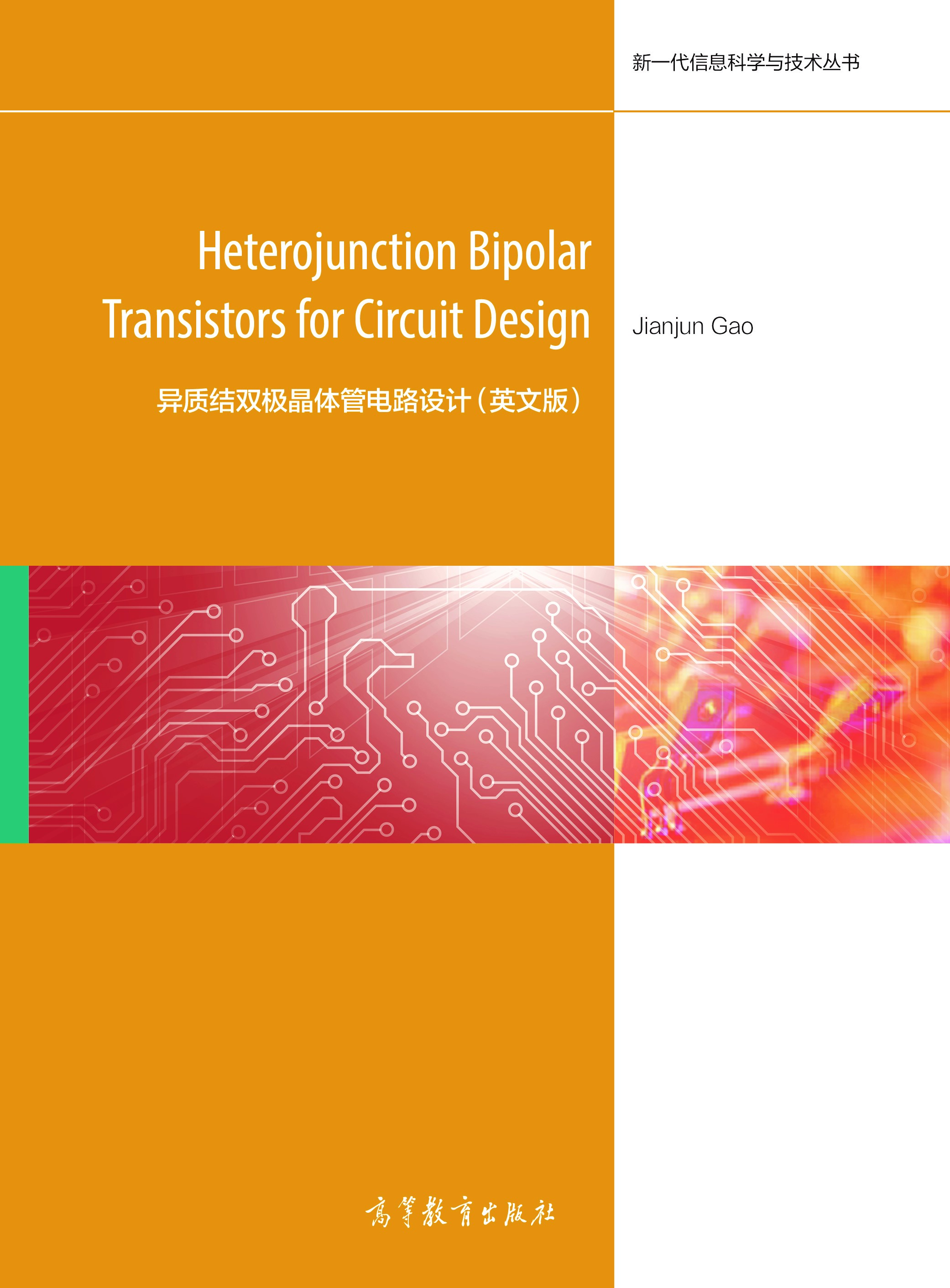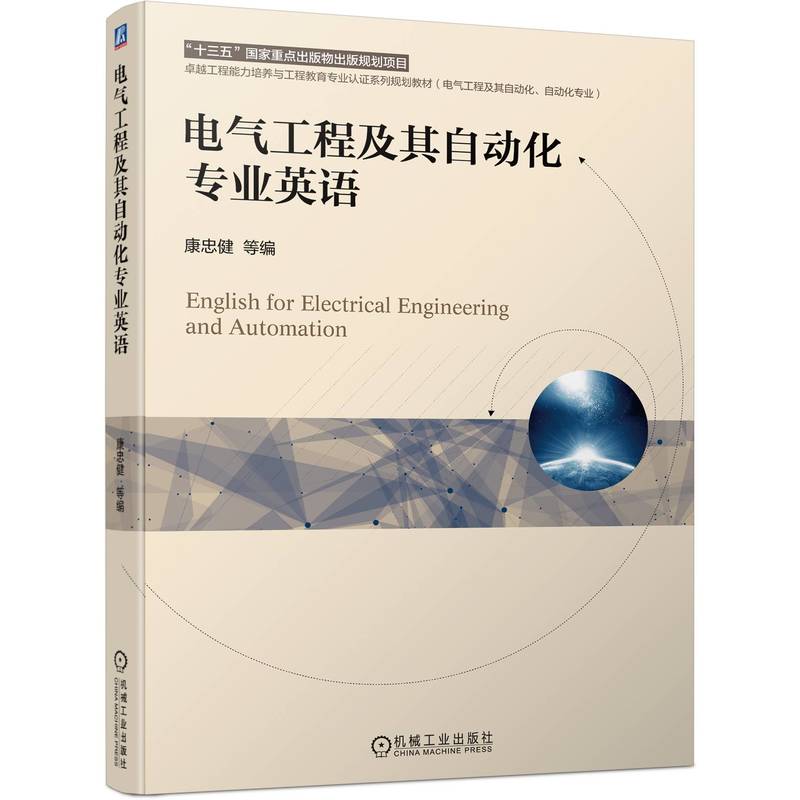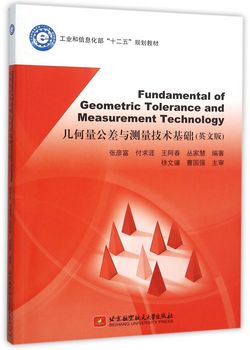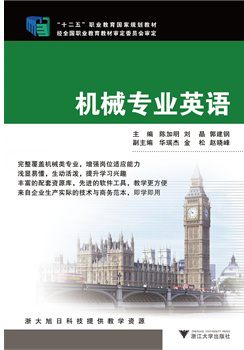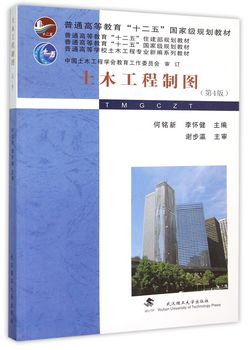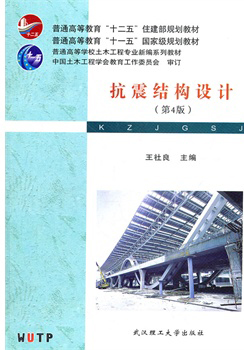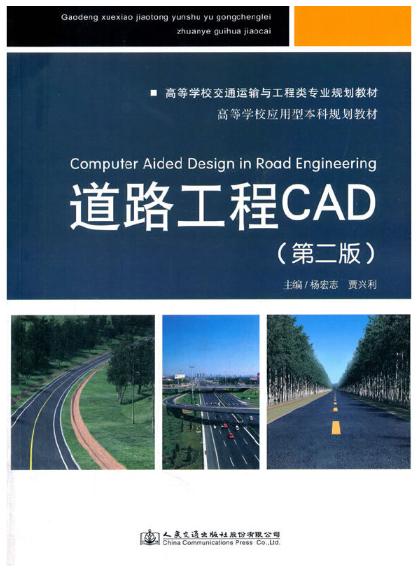汽车技术(英语版) / 高等学校应用型特色规划教材·汽车工程系列
¥35.00定价
作者: 李清民,刁立福等
出版时间:2014-02
出版社:清华大学出版社
- 清华大学出版社
- 9787302333272
- 1-1
- 156430
- 45158822-2
- 平装
- 16开
- 2014-02
- 453
- 工学
- 机械工程
- U46
- 汽车
内容简介
李清民主编的《汽车技术(英语版)》全面细致地介绍了汽车构造、汽车工作原理、汽车检测维修以及汽车新技术的相关知识。全书共分为23个单元,涵盖发动机和底盘几乎所有总成。其中发动机部分在传统基本构造基础上增加新的内容,如进气增压技术、柴油发动机共轨技术和混合动力汽车技术:底盘部分对自动变速器、无极变速器和制动防抱死系统(驱动防滑转系统)的结构及工作原理进行了细致的阐述。每个单元包括正文、词汇、例句解析和思考题四部分。
《汽车技术(英语版)》既可作为大学本科、专科院校汽车类专业的专业英语教材或汽车构造双语教学教材,也可作为专业技术人员对外技术交流的参考书。
《汽车技术(英语版)》既可作为大学本科、专科院校汽车类专业的专业英语教材或汽车构造双语教学教材,也可作为专业技术人员对外技术交流的参考书。
目录
Unit 1 The Reciprocating Piston Petrol Engine
1.1 Modem requirements
1.1.1 0ptimum performance
1.1.2 Good fuel economy
1.1.4 Minimum noise level
1.1.5 Easy cold starting
1.1.6 Economic servicing
1.1.7 Acceptable durability
1.1.8 Least weight
1.1.10 Economic manufacture
1.2 Engine nomenclature
1.2.1 TDC and BDC
1.2.2 Piston stroke
1.2.3 Piston displacement
1.2.5 Mean effective pressure
1.2.6 Indicated and brake power
1.2.8 Compression ratio
1.3 0perating principles of four-stroke petrol engine
New words and expressions
Notes to the text
Unit 2 Combustion Chambers and Processes
2.1 Combustion in the petrol engine
2.1.1 Basic considerations
2.1.2 Normal and abnormal
2.2 Petrol engine combustion chambers
2.2.1 Hemisphericalchamber
2.2.2 Wedge chamber
2.2.3 Bowl-in-piston chamber
2.3 Combustion in the diesel engine
2.4 Diesel engine combustion chambers
2.4.2 Advantages and disadvantages
2.5 Cylinder charge agitation
2.5.2 Compression turbulence
New words and expressions
Notes to the text
Unit 3 Cylinder Assemblies and Piston
3.1 Cylinder and crankthrow
3.1.1 Considerations in cylinderdesig
3.1.2 Arrangement of engine cylinders
3.1.3 Crankthrow arrangements
3.2 Cylinder block, crankcase and head
3.2.1 Cylinder block construction
3.2.3 Crankcase construction
3.2.4 Cylinder head construction
3.2.5 Cylinder head gasket
3.2.6 Cylinder liners
3.3 Pistons and connecting rods
3.3.1 Piston construction and nomenclature
3.3.2 Piston materials and expansion
3.3.3 Gudgeon pins and their locatio
3.3.4 Types of piston ring and nomenclature
3.3.5 Piston ring materials and expansion control
3.3.7 Big-end bearing and nomenclature
3.4 Crankshaft assembly and main bearings
3.4. 1 Crankshaft construction and nomenclature
3.4.2 Flywheel with torsional vibration dampe
3.4.3 Crankshaft timing wheel and pulley
3.4.4 Crankshaft main bearings and nomenclature
3.5 Crankshaft torsional vibration
3.5.1 The causes of crankshaft vibratio
3.5.2 Methods of mounting torsional vibration dampers
3.6 Valve train
3.6.1 Side camshaft, push-rods and rockers
3.6.2 Identifying the parts ofa cam
3.6.3 Hydraulic tappets
3.6.5 Valve springs
3.7 Timing drive
3.7.1 Valve timing diagrams
3.7.2 Methods of driving camshafits
3.7.3 Variable valve timing
New words and expressions
Notes to the text
Unit 4 Diesel Fuel Injection Systems
4. 1 General layout
4.2 The in-line fuel injection pump
4.2.1 Construction and operation
4.2.2 Pumping element control
4.2.3 Pumping element delivery valve
4.3 Goveming the in-line fuel injection pump
4.3.1 Minimum and maximum speed
4.3.2 All-speed governor
4.4 Construction and Operation of the Distributor Fuel Inj ection Pump
4.5 Timing in-line fuel injection pumps
4.6.1 Basic requirements
4.6.2 Types of fuel injector nozzle
4.7 Introduction to electronic
4.7.1 Basic features of an electronic diesel control system
4.7.2 Electronic unit injector
New words and expressions
Notes to the text
Unit 5 Petrol Engine Fuel Injection
Unit 6 Hybrid Electric Vehicles
Unit 7 Engine Lubrication
Unit 8 Engine Cooling, Vehicle Heating and Air Conditioning
Unit 9 Intake and Exhaust System
Unit 10 Forced Induction
Unit 11 Engine Emission Control
Unit 12 Friction Clutches
Unit 13 Layshaft Gearboxes
Unit 14 Fluid Couplings and Torque Converters
Unit 15 Epicyclic Gearboxes
Unit 16 Automatic Transmissions for Passenger Cars
Unit 17 Propeller Shafts and Joints
Unit 18 Differential
Unit 19 Suspension
Unit 20 Steering
Unit 21 Brakes
Unit 22 Anti-Iock Brakes and Traction
Unit 23 Wheels and Tyres
附录A 混合动力汽车(释译)
参考文献
1.1 Modem requirements
1.1.1 0ptimum performance
1.1.2 Good fuel economy
1.1.4 Minimum noise level
1.1.5 Easy cold starting
1.1.6 Economic servicing
1.1.7 Acceptable durability
1.1.8 Least weight
1.1.10 Economic manufacture
1.2 Engine nomenclature
1.2.1 TDC and BDC
1.2.2 Piston stroke
1.2.3 Piston displacement
1.2.5 Mean effective pressure
1.2.6 Indicated and brake power
1.2.8 Compression ratio
1.3 0perating principles of four-stroke petrol engine
New words and expressions
Notes to the text
Unit 2 Combustion Chambers and Processes
2.1 Combustion in the petrol engine
2.1.1 Basic considerations
2.1.2 Normal and abnormal
2.2 Petrol engine combustion chambers
2.2.1 Hemisphericalchamber
2.2.2 Wedge chamber
2.2.3 Bowl-in-piston chamber
2.3 Combustion in the diesel engine
2.4 Diesel engine combustion chambers
2.4.2 Advantages and disadvantages
2.5 Cylinder charge agitation
2.5.2 Compression turbulence
New words and expressions
Notes to the text
Unit 3 Cylinder Assemblies and Piston
3.1 Cylinder and crankthrow
3.1.1 Considerations in cylinderdesig
3.1.2 Arrangement of engine cylinders
3.1.3 Crankthrow arrangements
3.2 Cylinder block, crankcase and head
3.2.1 Cylinder block construction
3.2.3 Crankcase construction
3.2.4 Cylinder head construction
3.2.5 Cylinder head gasket
3.2.6 Cylinder liners
3.3 Pistons and connecting rods
3.3.1 Piston construction and nomenclature
3.3.2 Piston materials and expansion
3.3.3 Gudgeon pins and their locatio
3.3.4 Types of piston ring and nomenclature
3.3.5 Piston ring materials and expansion control
3.3.7 Big-end bearing and nomenclature
3.4 Crankshaft assembly and main bearings
3.4. 1 Crankshaft construction and nomenclature
3.4.2 Flywheel with torsional vibration dampe
3.4.3 Crankshaft timing wheel and pulley
3.4.4 Crankshaft main bearings and nomenclature
3.5 Crankshaft torsional vibration
3.5.1 The causes of crankshaft vibratio
3.5.2 Methods of mounting torsional vibration dampers
3.6 Valve train
3.6.1 Side camshaft, push-rods and rockers
3.6.2 Identifying the parts ofa cam
3.6.3 Hydraulic tappets
3.6.5 Valve springs
3.7 Timing drive
3.7.1 Valve timing diagrams
3.7.2 Methods of driving camshafits
3.7.3 Variable valve timing
New words and expressions
Notes to the text
Unit 4 Diesel Fuel Injection Systems
4. 1 General layout
4.2 The in-line fuel injection pump
4.2.1 Construction and operation
4.2.2 Pumping element control
4.2.3 Pumping element delivery valve
4.3 Goveming the in-line fuel injection pump
4.3.1 Minimum and maximum speed
4.3.2 All-speed governor
4.4 Construction and Operation of the Distributor Fuel Inj ection Pump
4.5 Timing in-line fuel injection pumps
4.6.1 Basic requirements
4.6.2 Types of fuel injector nozzle
4.7 Introduction to electronic
4.7.1 Basic features of an electronic diesel control system
4.7.2 Electronic unit injector
New words and expressions
Notes to the text
Unit 5 Petrol Engine Fuel Injection
Unit 6 Hybrid Electric Vehicles
Unit 7 Engine Lubrication
Unit 8 Engine Cooling, Vehicle Heating and Air Conditioning
Unit 9 Intake and Exhaust System
Unit 10 Forced Induction
Unit 11 Engine Emission Control
Unit 12 Friction Clutches
Unit 13 Layshaft Gearboxes
Unit 14 Fluid Couplings and Torque Converters
Unit 15 Epicyclic Gearboxes
Unit 16 Automatic Transmissions for Passenger Cars
Unit 17 Propeller Shafts and Joints
Unit 18 Differential
Unit 19 Suspension
Unit 20 Steering
Unit 21 Brakes
Unit 22 Anti-Iock Brakes and Traction
Unit 23 Wheels and Tyres
附录A 混合动力汽车(释译)
参考文献

